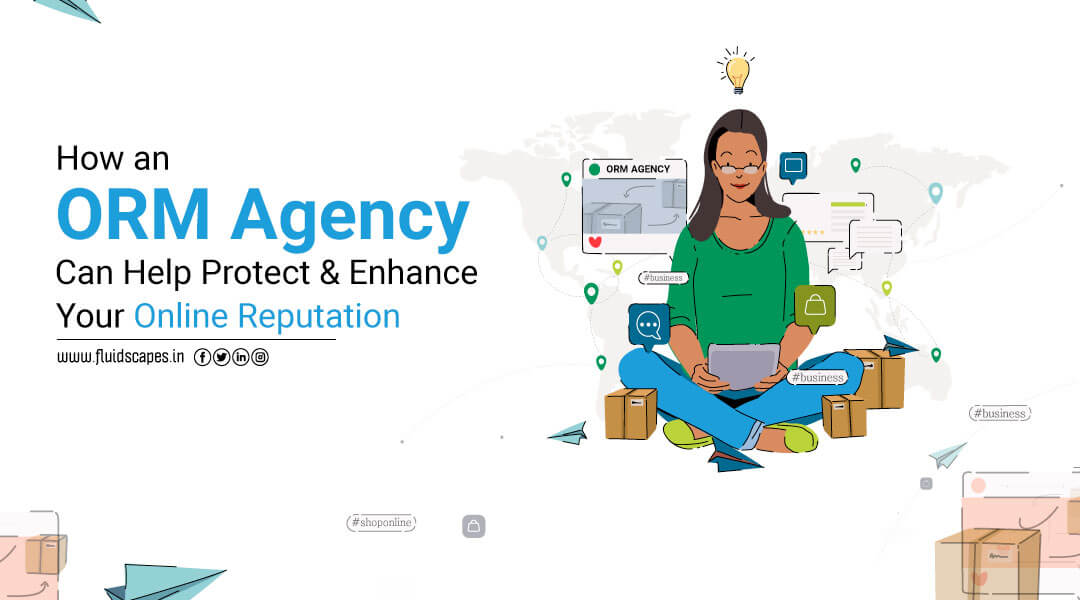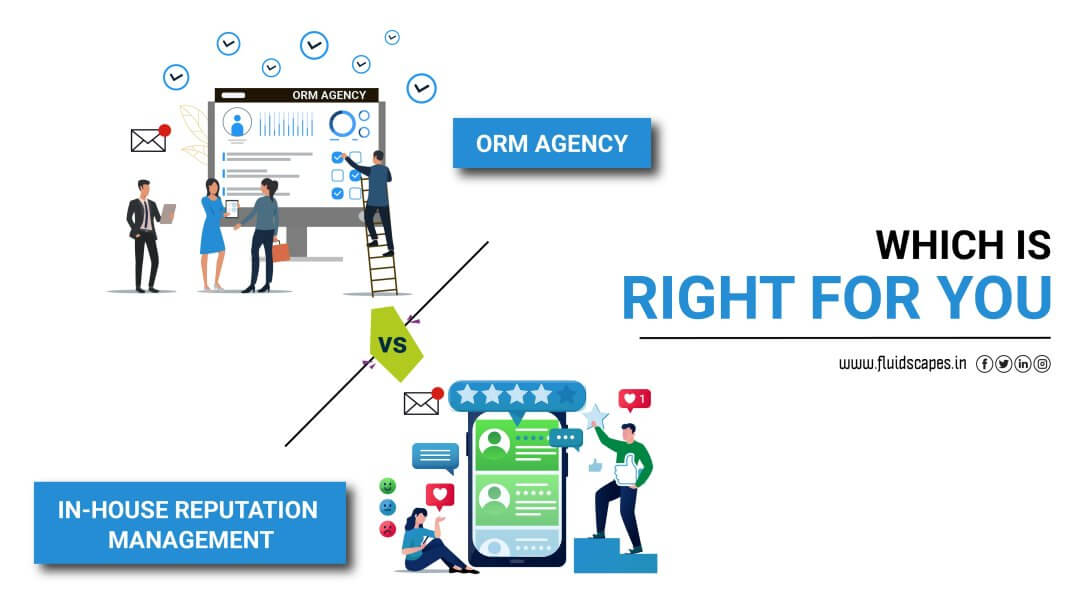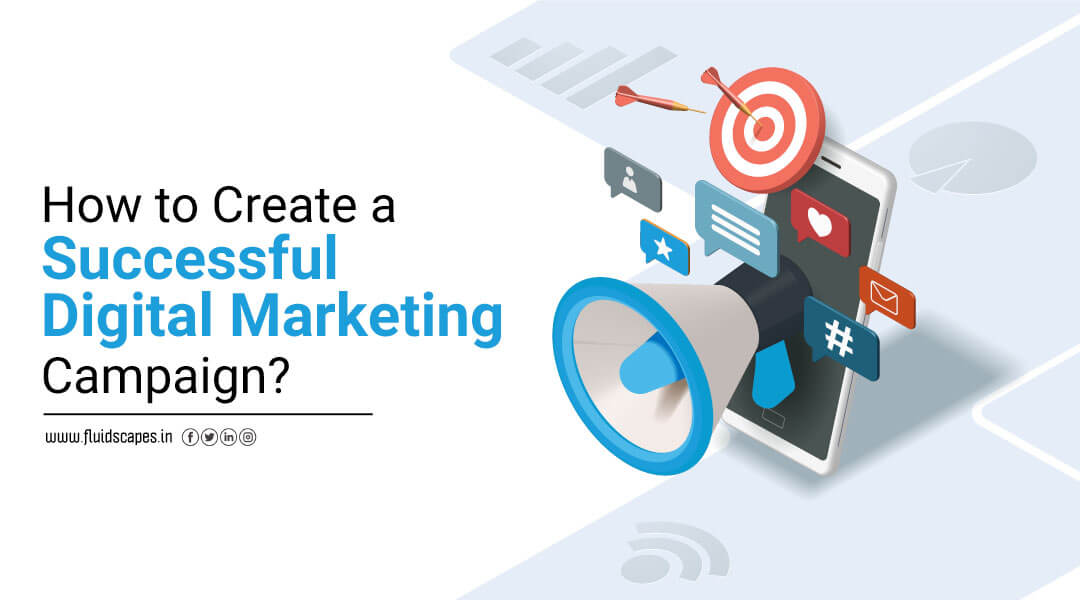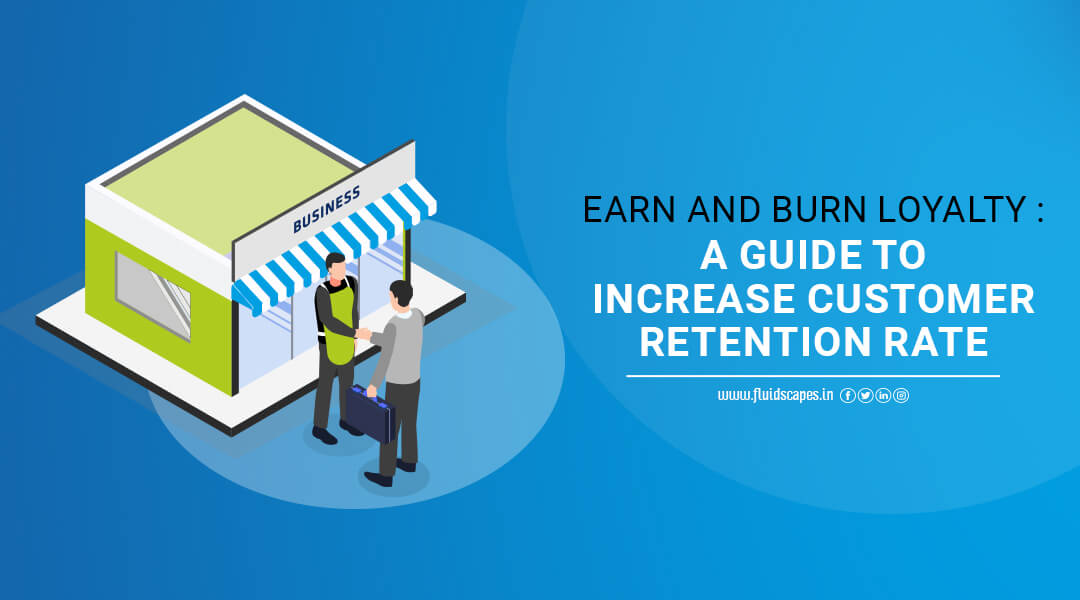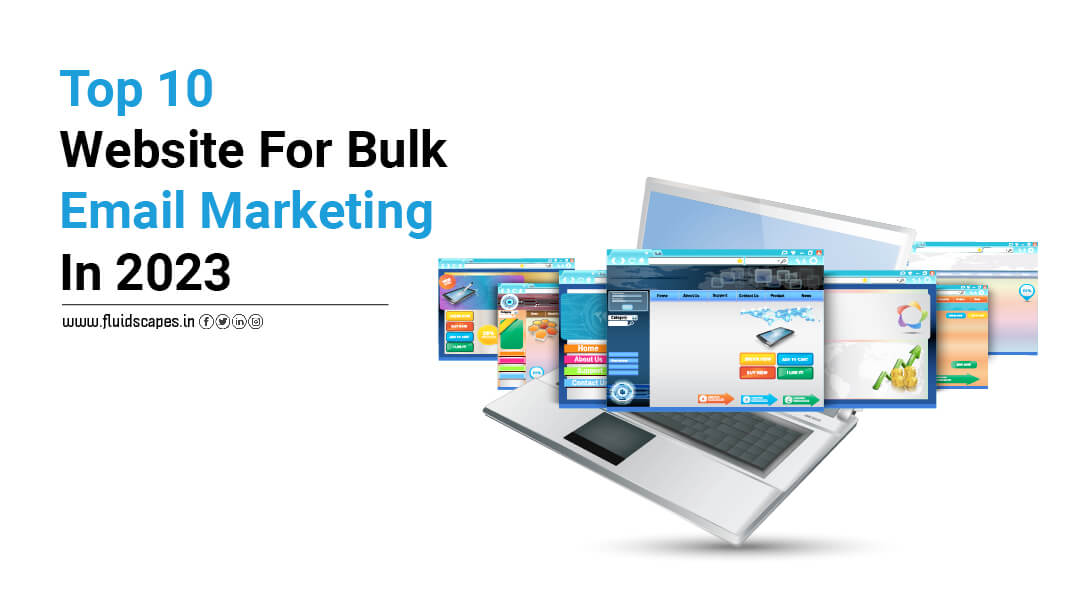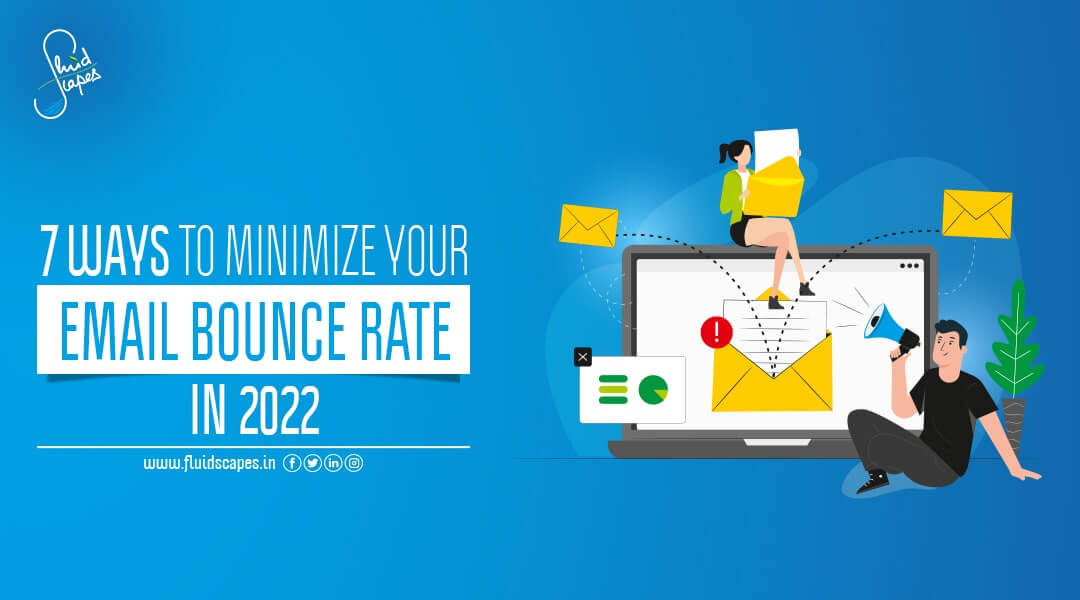
7 Ways To Minimize Your Email Bounce Rate in 2022
It’s 2022 and the email bounce rate is 0%. Feels good? Read to know how this is possible. Have questions about how email marketing works or what a hard bounce rate is? Or how to calculate the bounce rate? Fret Not! You are not alone.
A lil’ bit about emails
When you send emails, whether, for marketing or any other purpose, you want as many people to open them as possible. A low email open rate can mean that your emails get marked as spam before they’re ever seen.
This blog suggests ways to minimize your email bounce rate in 2022. Read on to know more.
All about bounce rate
You can improve your email open rates by minimizing the percentage of emails sent that “bounce back”, i.e., are returned by the receiving server due to an invalid recipient address or an inability to deliver the message.
Let’s first learn why do emails bounce? There are ample reasons why your emails bounce and it is challenging to operate out why an email failed to reach its intended recipient.
It might be because either the recipient no longer has access to the email account. The email account has been dormant or inactive for a longer period or has been deactivated/deleted. This is also called Hard Bounce emails.
The email server is under maintenance. The recipient’s email inbox is full. You might be on the blocked list of the recipient. These categories are termed Soft Bounce email.
It’s best to look at your bounce rate as a whole instead of getting stuck on why your emails weren’t delivered. Calculating your email bounce rate is important. This is the email bounce rate formula:
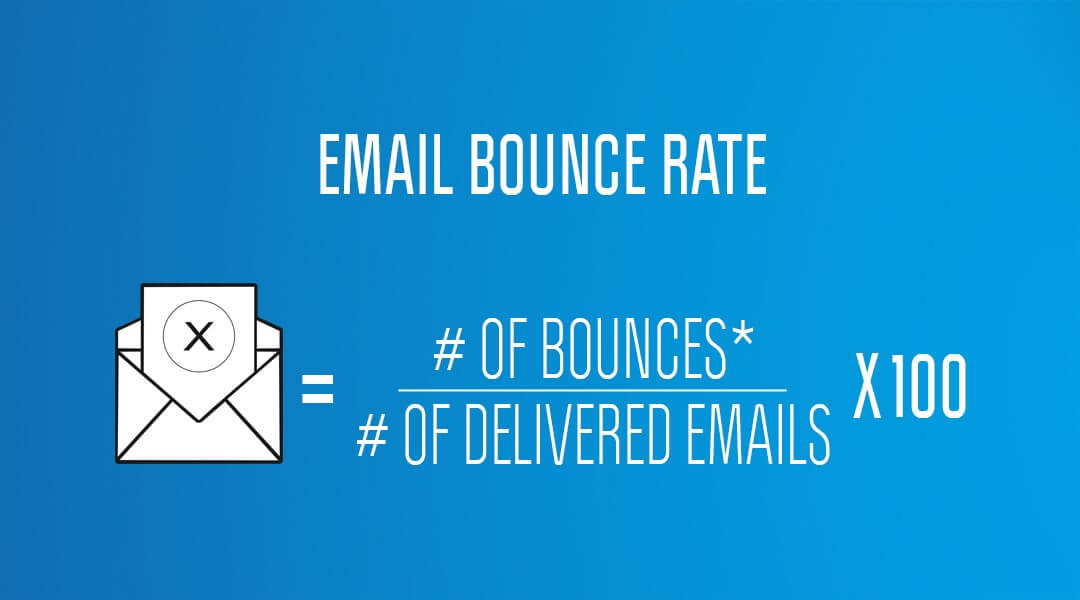
This blog will teach you how to reduce the number of bounced emails and why this matters so much for your email marketing efforts.
ORM, Virtual Financial Services, ATL/BTL Marketing, Project Management, Brand Management, SEO, Web & App Development and much more.
*Your details are safe with us. We do not share or spam our valuable visitors*
Interested to find out how we could help you? Drop in your email and number and we’ll get right back!
Ways to Minimize Your Email Bounce Rate:
1) Use a reliable sending domain: A good starting point is to use a reliable sending domain, like Mailgun, Sendgrid, or Mandrill. These services allow you to create virtual “sending” addresses which can be used in the email content and headers of your messages.
Make sure that this address is not associated with any other domains that no longer exist and are blacklisted by major ISPs (e.g., Gmail and Outlook).
If possible, get yourself an SSL certificate so that recipients know they’re dealing with a legitimate brand/organization and not some scammer spoofing their address as part of an email campaign designed to steal personal information from unsuspecting victims!
2) Get rid of manually-entered email addresses: Manually-entered email addresses are a bad idea. The reason for this is simple: manually-entered email addresses are more likely to bounce, more likely to be fake, and more likely to be invalid.
This is because if you’re entering an address by hand instead of through some sort of automation, there’s a good chance it was entered incorrectly in the first place.
And since many websites will send that error message back as part of their bounce response, your bounced email count could skyrocket out of control if you don’t keep track of it!
3) Remove role accounts (sales@, info@, support@, etc.): It is important to remove all role accounts from your email marketing strategy. Role accounts are unlikely to receive any engagement from customers because they are usually inactive, unengaged, and not a source of revenue for businesses. If you want to reduce bounces on your emails, remove role accounts altogether or create separate lists for them.
4) Send mails to engaged subscribers: Sending to engaged subscribers is an important part of maximizing your email deliverability. This means sending your emails to people who have opened and clicked on past emails, as well as those who have interacted with them in some way.
Some ways you can do this include: Sending to specific segments that have engaged with your brand previously. Automatically add contacts who open or click on a series of emails into a segment for future messaging purposes.
Run an email campaign for one of your products or services, but ensure it only goes out to those who have bought from you.
5) Pause/remove unengaged recipients from your list: If you’re sending to recipients who aren’t opening or clicking your emails, it can decrease your overall engagement rate.
If a recipient hasn’t opened any of your messages in the past six months (or another set timeframe), it may be time to pause that person from receiving further emails.
This is especially true for transactional emails like welcome series, receipts, and order confirmations. These types of messages are frequently sent by companies when someone makes a purchase or registers for something online.
If potential customers don’t open them, they can start to feel spammy and annoying; therefore decreasing their likelihood of buying again in the future.
6) Warm up your IP address: To warm up an IP address, you can send a few test emails to the same email address. You should do this at least once or twice a day.
You can also send a few test emails to people who are on your contacts list, but not necessarily your mailing list or people who have purchased from you in the past.
You may want to let them know that it’s being done so they don’t think they’ve been spammed by someone else and then delete it without opening it (this happens).
The key thing here is consistency; if you’re sending out hundreds of emails every day, then one test email per person is fine, but if there are thousands of recipients on each campaign and only 10 tests per day… Then yes – go with more like 50!
7) Validate incoming opt-ins: It’s important to validate the email addresses of your subscribers before you send them any emails. This is a simple thing that can have a big impact on your bounce rate because it will weed out people who don’t exist or are using invalid addresses.
Let’s say someone types in “@gmailmail.com.” but they meant “@gmail.com.” If you send an email there, it won’t get delivered and it will look like an invalid address when checking your bounce rate stats—which could lead to more bounces and lower open rates on future messages sent out after this one gets ignored (and maybe even reported as spam!).
Monitor and fix your bounce rate regularly
You should monitor your bounce rate regularly to help you identify issues with sending emails to the wrong people. You can do this by installing a spam filter and checking in on it periodically, or by setting up an automated email that alerts you when your bounce rate starts to climb.
Once you’ve identified a problem, fix it! This can be as simple as updating your contact list or getting rid of inactive contacts who no longer open emails from your business.
Conclusion:
We hope this blog post has helped you understand how to handle your bounce rate.
It’s our goal at FSC to help marketers and business professionals get the most out of their email marketing campaigns, so we encourage you to reach out with any questions or feedback! We’d love to hear from you.
ORM, Virtual Financial Services, ATL/BTL Marketing, Project Management, Brand Management, SEO, Web & App Development and much more.
*Your details are safe with us. We do not share or spam our valuable visitors*
Interested to find out how we could help you? Drop in your email and number and we’ll get right back!
Source- Fluidscapes
We are one of the best digital marketing companies in India that provides online reputation management services to all types of organizations. We assist businesses to stay on top of the game by leveraging the latest technologies and breakthroughs in marketing strategies and business processes. Want to grow your business, even more, get in touch with us and we’ll tell you how.
POPULAR BLOGS



